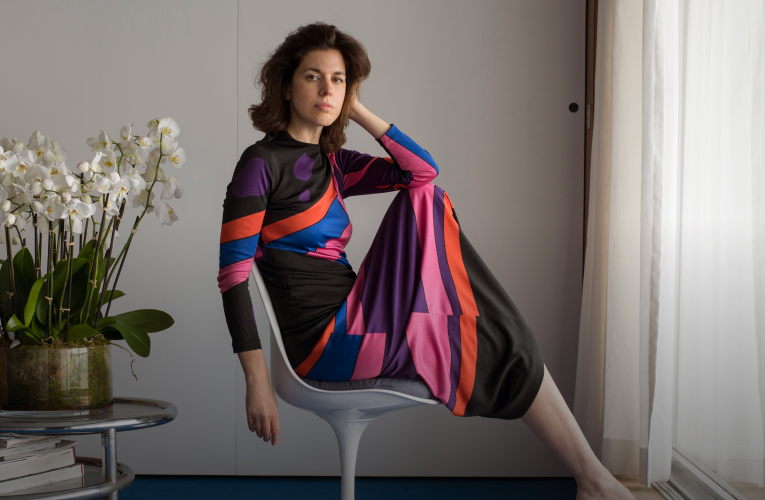

Creators of Beauty ② Séaa Lim, the first Korean haute couture designer




- Séaa Lim on her journey of discovering true beauty … <from the interview>-

Q.
Last spring, you appeared on <You Quiz on the Block>, hosted by Yoo Jae-Suk, an extremely popular show in Korea. Please tell us about how you felt when you were initially contacted, and how you felt after the appearance?
Q.
You are the first Korean modéliste at Christian Dior. Not many people are familiar with the job, exactly what kind of work does a modéliste do?

Q.
How is haute couture different from prêt à porter ? What are some of the unique qualities of the haute couture industry? Are there any specific types of qualifications that these fashion houses look for when hiring new talent?

Q.
What was your fashion journey like? Were there any difficulties you experienced while studying fashion? Also, what should students coming to Paris to study fashion consider when choosing their schools?

Q.
You’ve worked at numerous fashion houses, from Paco Rabanne, Saint Laurent, to Jacquemus. How were they different, and what lessons did you learn in the process?

Q.
Please share an interesting or memorable episode from your work.
Q.
You once said that the emerald-color dress worn by Sigourney Weaver was one of your most memorable works. Please tell us about some of the other pieces you worked on, and any behind-the-scenes stories.

Q.
It’s every fashion student’s dream to work with world-famous celebrities and make the dresses they are going to wear. Are there any challenging aspects to this work?

Q.
You studied the French language before working in the fashion industry, and you’ve also worked as a backup dancer for DJ DOC and PSY. How did you end up in fashion?
Q.
Your career took a wide turn, to say the least. Any words of advice for those having a difficult time making a choice in front of the path not taken?
Q.
You own a wine bar in Seoul, named Comme Chez Toi, and you also have a YouTube channel titled ‘Sewabang’, in addition to a restaurant in Paris called ‘Bistro Dam’. What were the motivations behind opening these restaurants?

Q.
You work quite a few jobs. How do you maintain your mental and physical balance?
Q.
You must get a lot of beauty tips and insights as a modéliste. Is there any beauty know-how you would like to share with us?
Q.
Do you feel that K-Beauty has become popular in Europe as well?
Q.
Amorepacific pursues ‘New Beauty’ to preserve the values of beauty according to the change in times. Do you have any suggestions for Amorepacific?
Q.
What was the journey of discovering true beauty like for you?

Q.
Last question. How would you define fundamental beauty?

Written by: Writer Lee Ji-eun
Editor: Journalist Ahn Dong-sun
All interviews and manuscripts are copyrighted by News Square.
-
Like
0 -
Recommend
0 -
Thumbs up
1 -
Supporting
0 -
Want follow-up article
0
Array ( )






